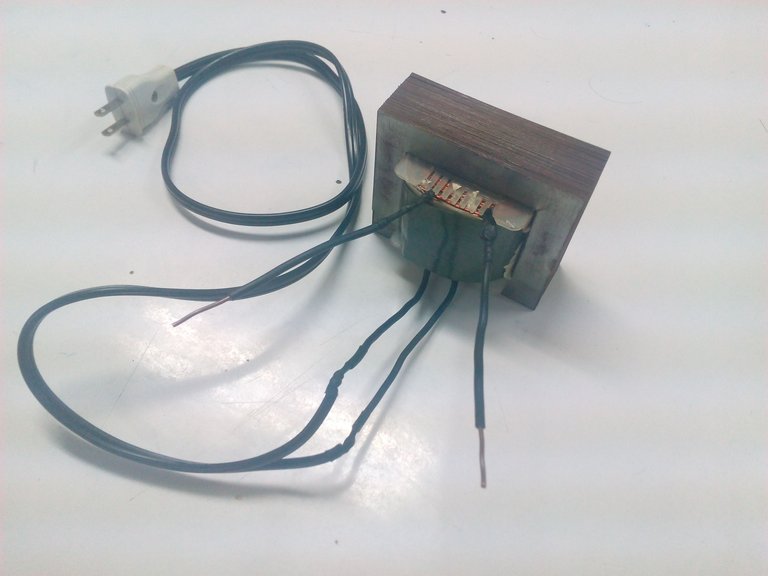
Before we dig deeper what's inside, we must first know the theory behind it.
A transformer is a very useful machine, which transforms electrical power from one type to another. It very dangerous in high voltage application (regardless of being step up or step down)
which needs a professional engineering approach for safety purposes.
And you may not know it, but you can find them in our households like ones in our mobile phone charger, fridge , our appliances' power supply
and many more.
This is one patented by Sir Nikola Tesla
TESLA PATENT 593,138 ELECTRICAL TRANSFORMER.
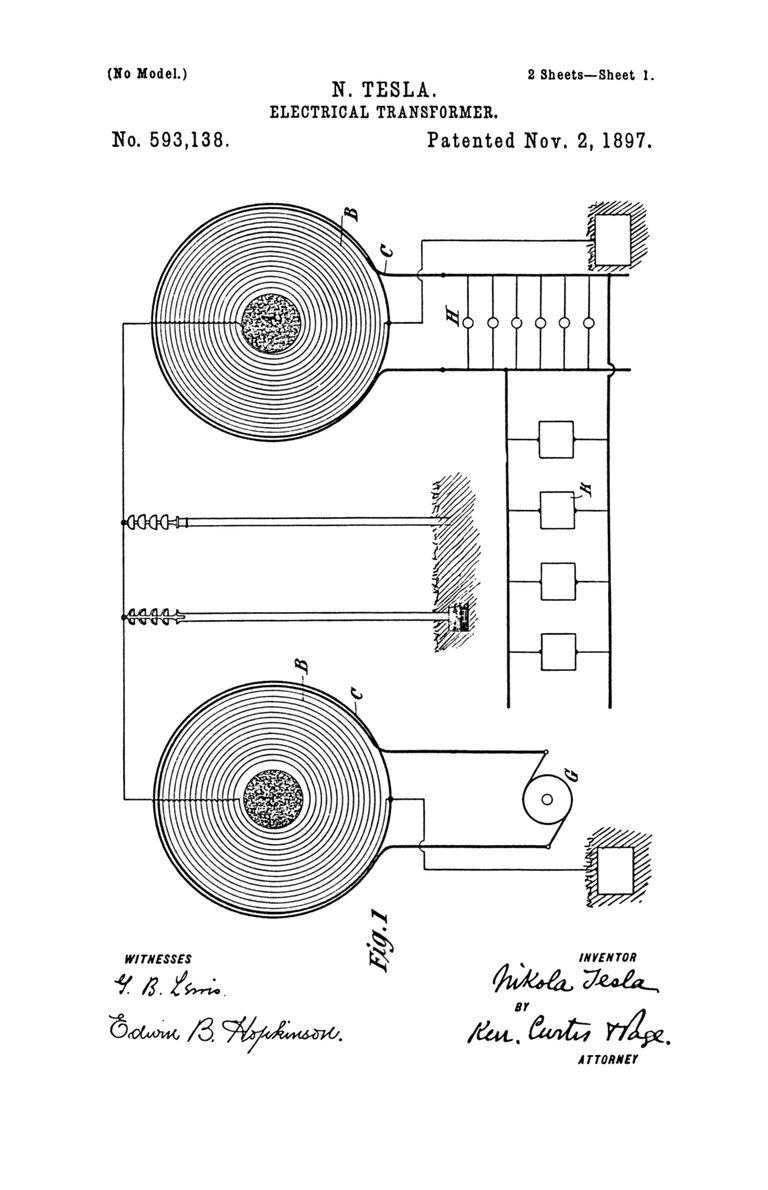
A transformer is an electrical device which, by the principles of electromagnetic induction, transfers electrical energy from one electric circuit to another, without changing the frequency.
The energy transfer usually takes place with a change of voltage and current.
Electrical power transformer is a static device which transforms electrical energy from one circuit to another without any direct electrical connection and with the help of mutual induction between two windings.
It transforms power from one circuit to another without changing its frequency but may be in different voltage level. Transformers either increases or decreases AC voltage.
Transformers are used to meet a wide variety of needs. Some transformers can be several stories high, like the type found at a generating station or small enough to hold in your hand,
which might be used with the charging cradle for a video camera.
No matter what the shape or size, a transformers purpose remains the same:
transforming electrical power from one type to another.
There are many different types of transformers in use today.
It consist of Power Transformers, Auto Transformers, Distribution Transformers, Instrument Transformers, Isolation Transformers,
Potential Transformers and Current Transformers.
A transformer is based on a very simple fact about electricity: when a fluctuating electric current flows through a wire, it generates a magnetic field (an invisible pattern of magnetism) or "magnetic flux" all around it. The strength of the magnetism (which has the rather technical name of magnetic flux density) is directly related to the size of the electric current. So the bigger the current, the stronger the magnetic field.
Now there's another interesting fact about electricity too. When a magnetic field fluctuates around a piece of wire, it generates an electric current in the wire. So if we put a second coil of wire next to the first one, and send a fluctuating electric current into the first coil, we will create an electric current in the second wire.
The current in the first coil is usually called the primary current and the current in the second wire is the secondary current. What we've done here is pass an electric current through empty space from one coil of wire to another. This is called electromagnetic induction because the current in the first coil causes (or "induces") a current in the second coil. We can make electrical energy pass more efficiently from one coil to the other by wrapping them around the core.
PARTS
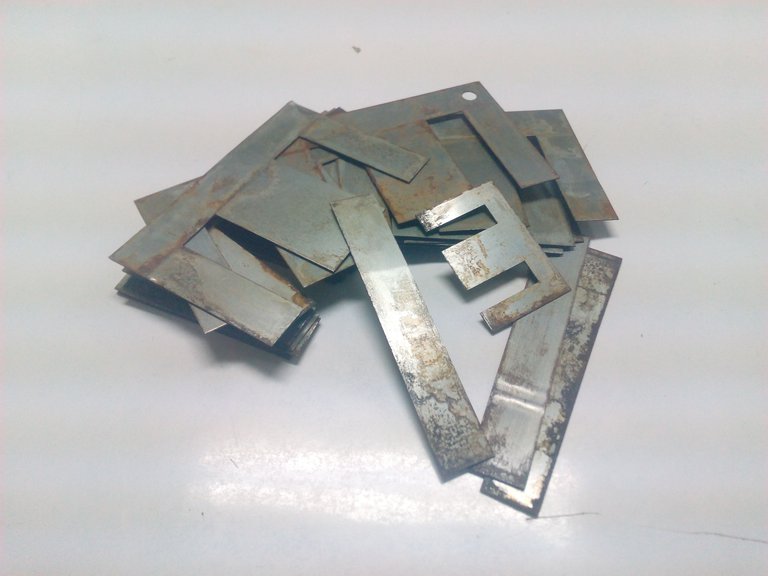
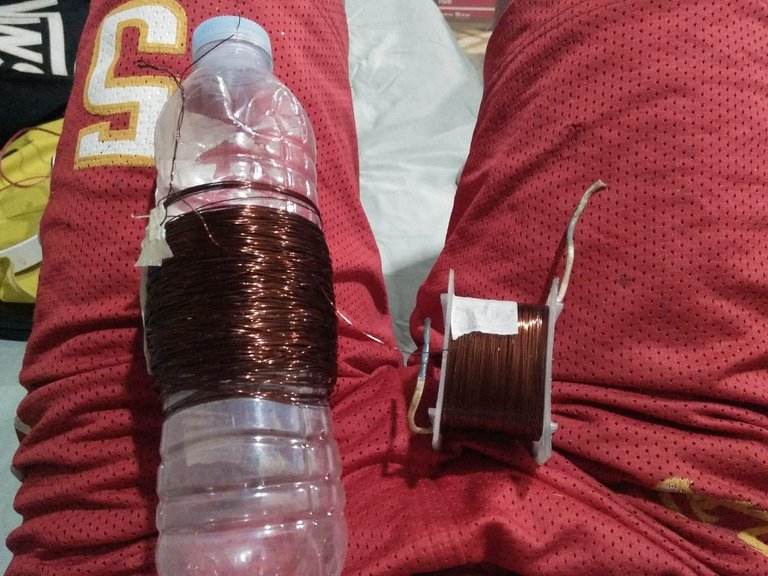
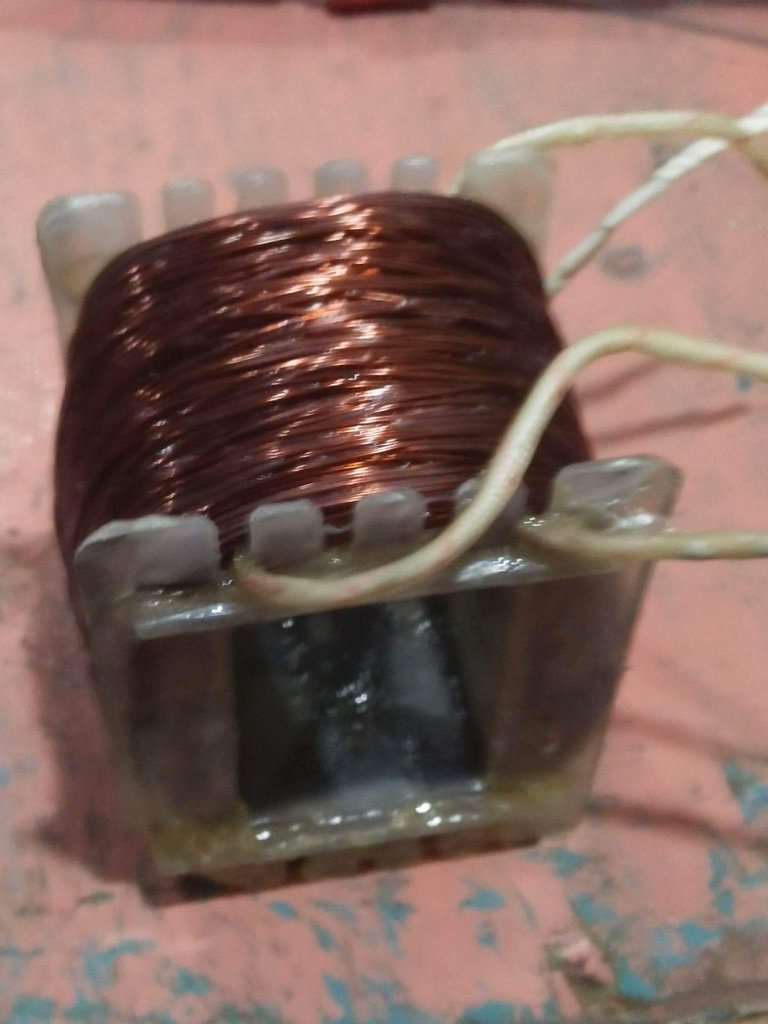
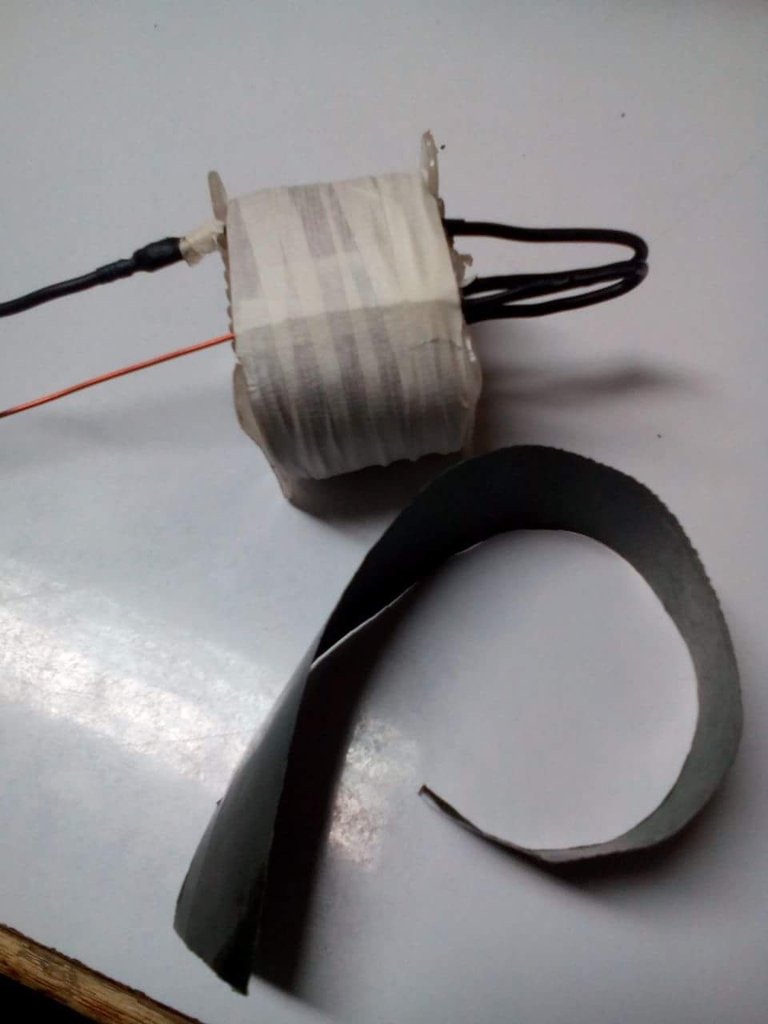
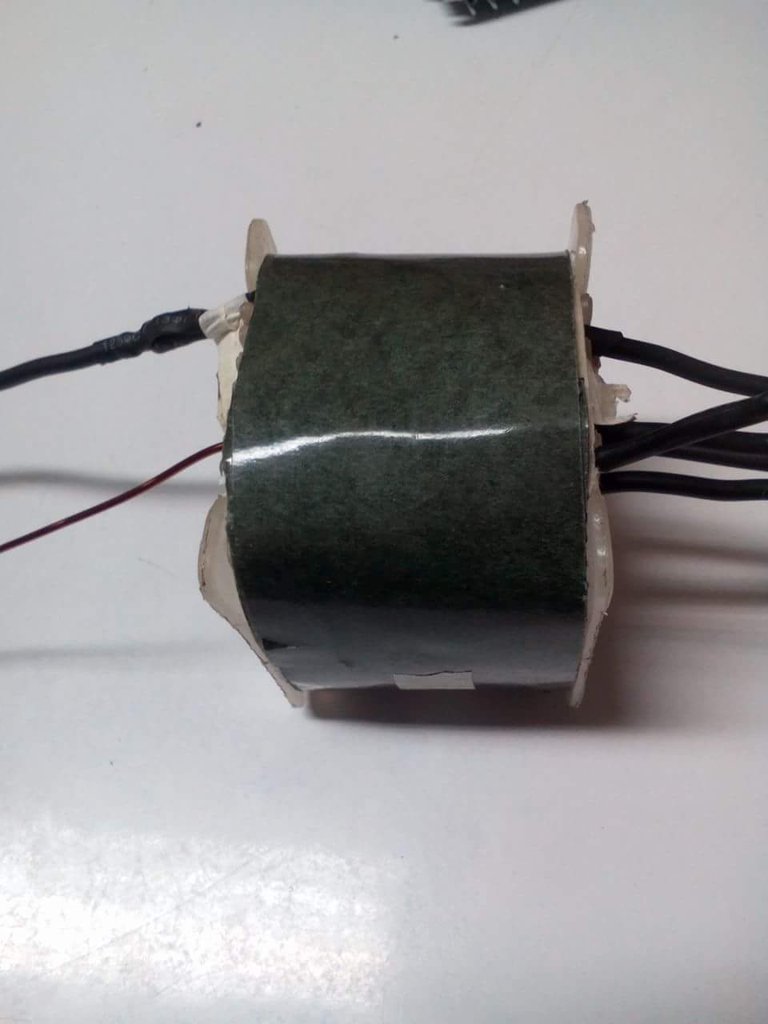
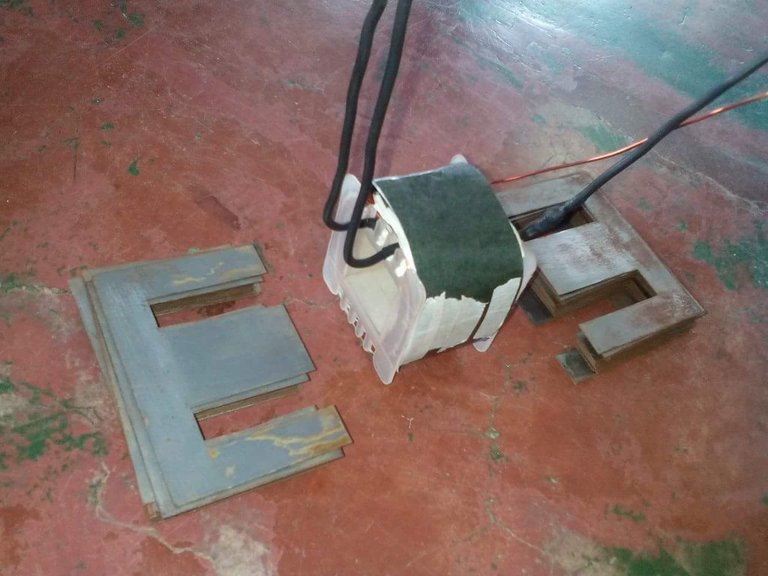
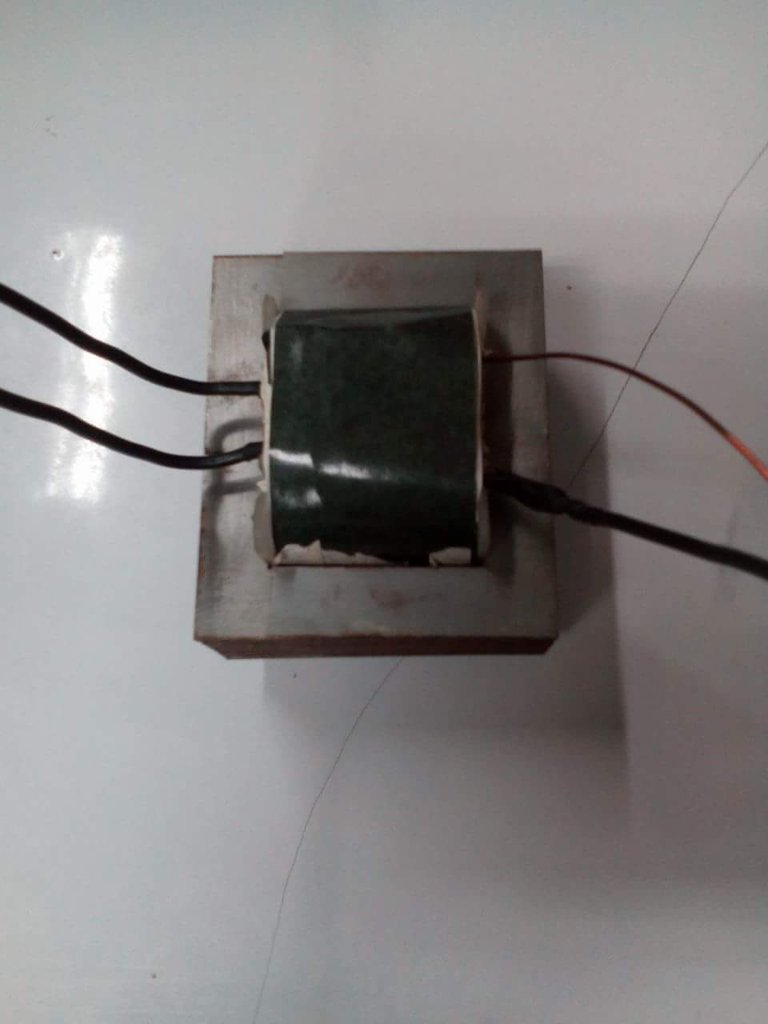
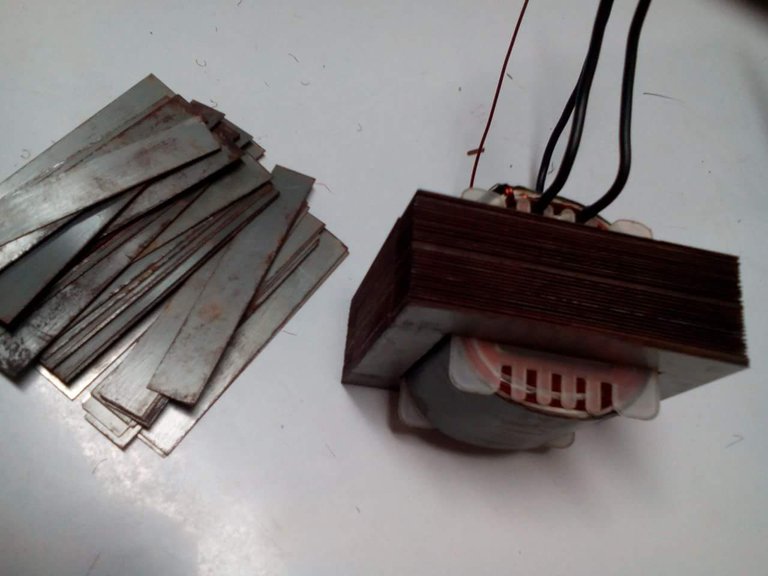
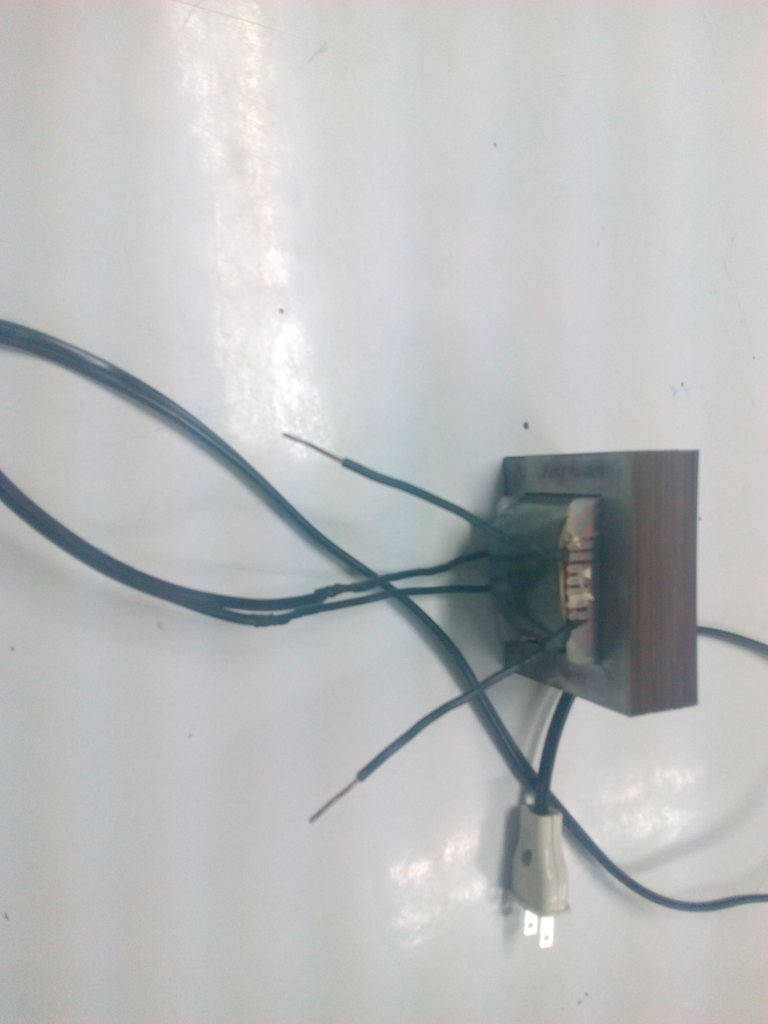
This single phase transformer is a step-down with 24 volts secondary

references and photo credits
http://www.galco.com/comp/prod/trnsfmrs.htm
https://teslauniverse.com/nikola-tesla/patents/us-patent-593138-electrical-transformer
http://www.explainthatstuff.com/transformers.html
https://wallpapercave.com/w/AspGnfo
Hi! I am a robot. I just upvoted you! I found similar content that readers might be interested in:
http://www.explainthatstuff.com/transformers.html